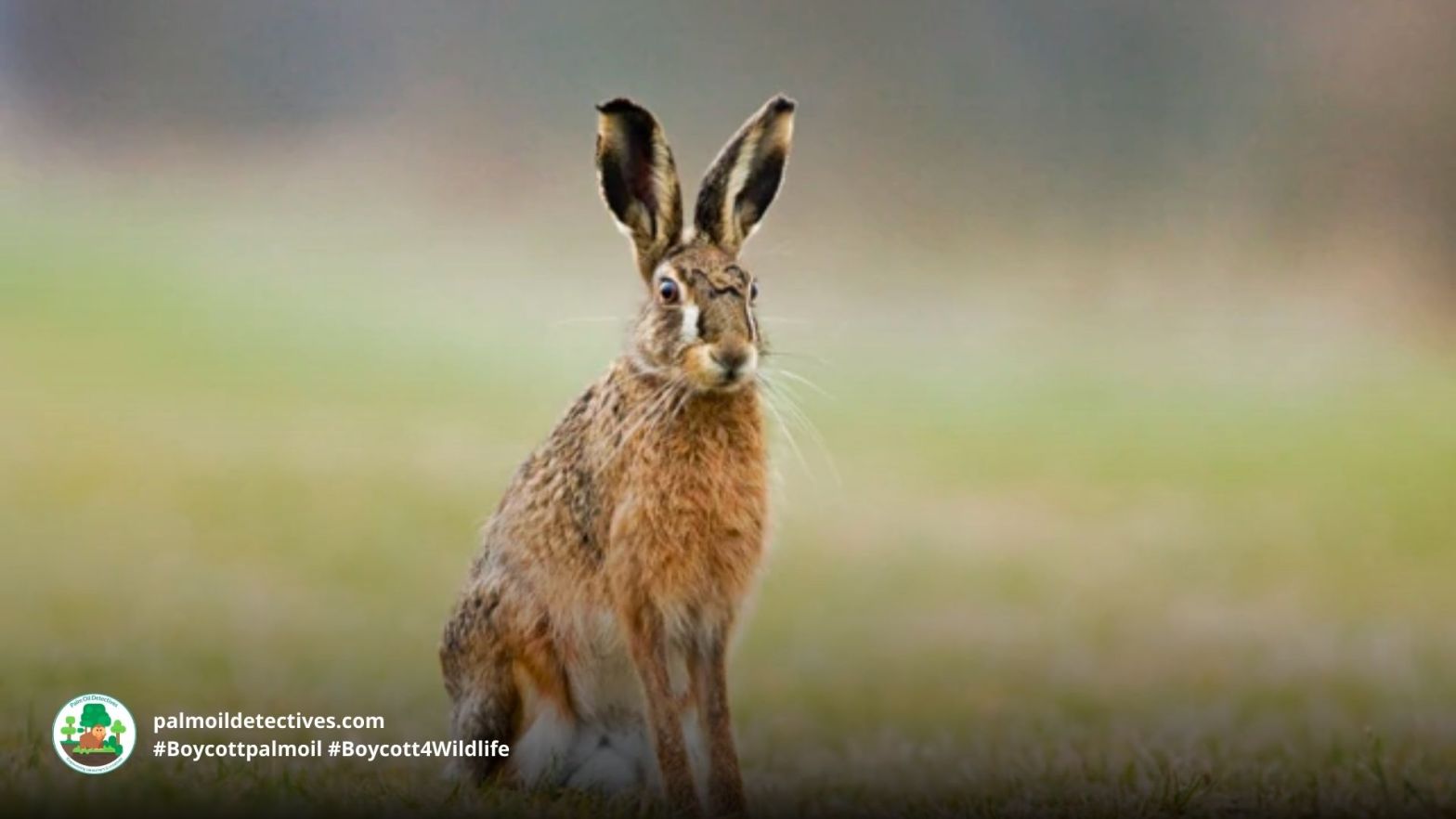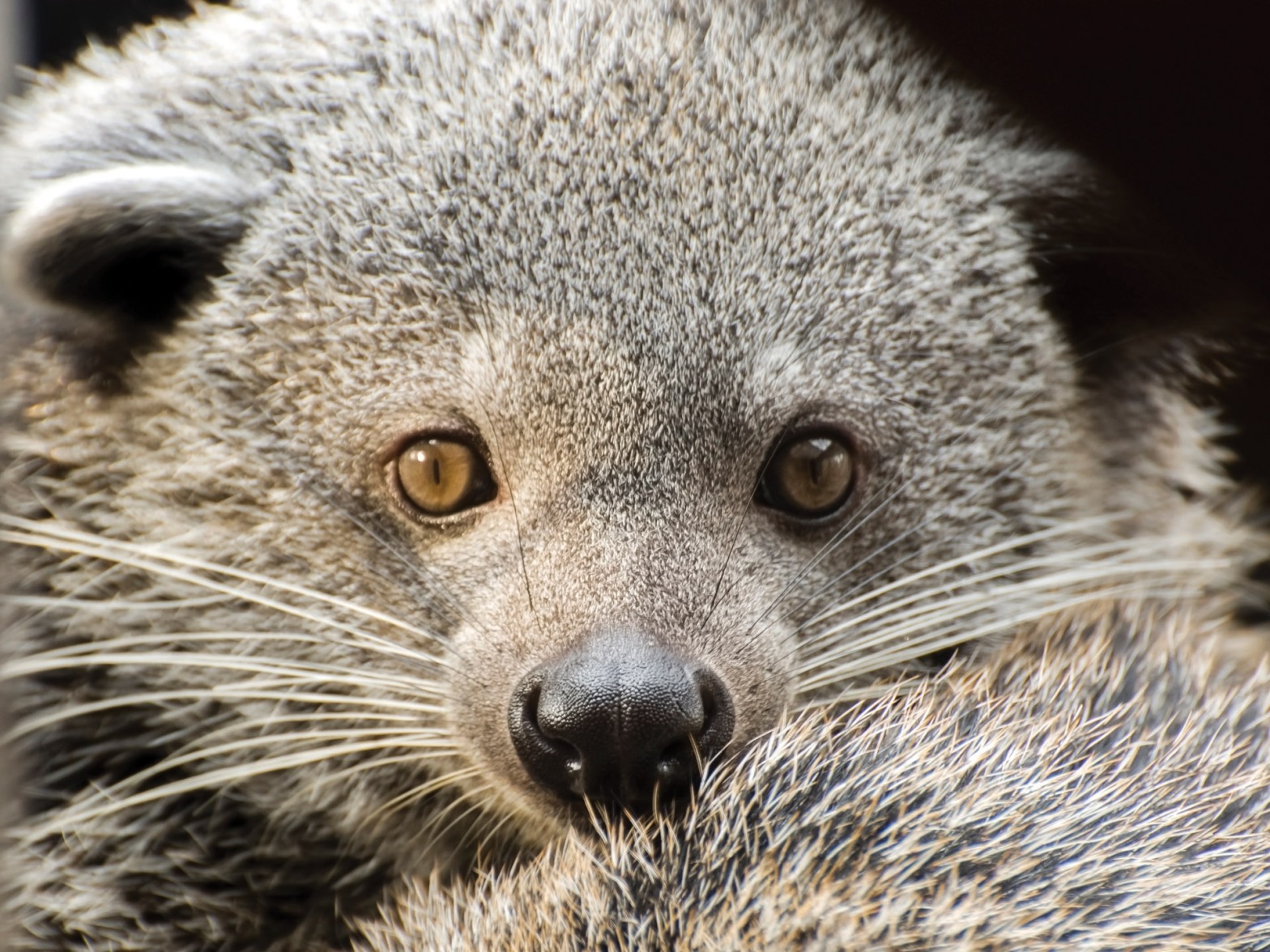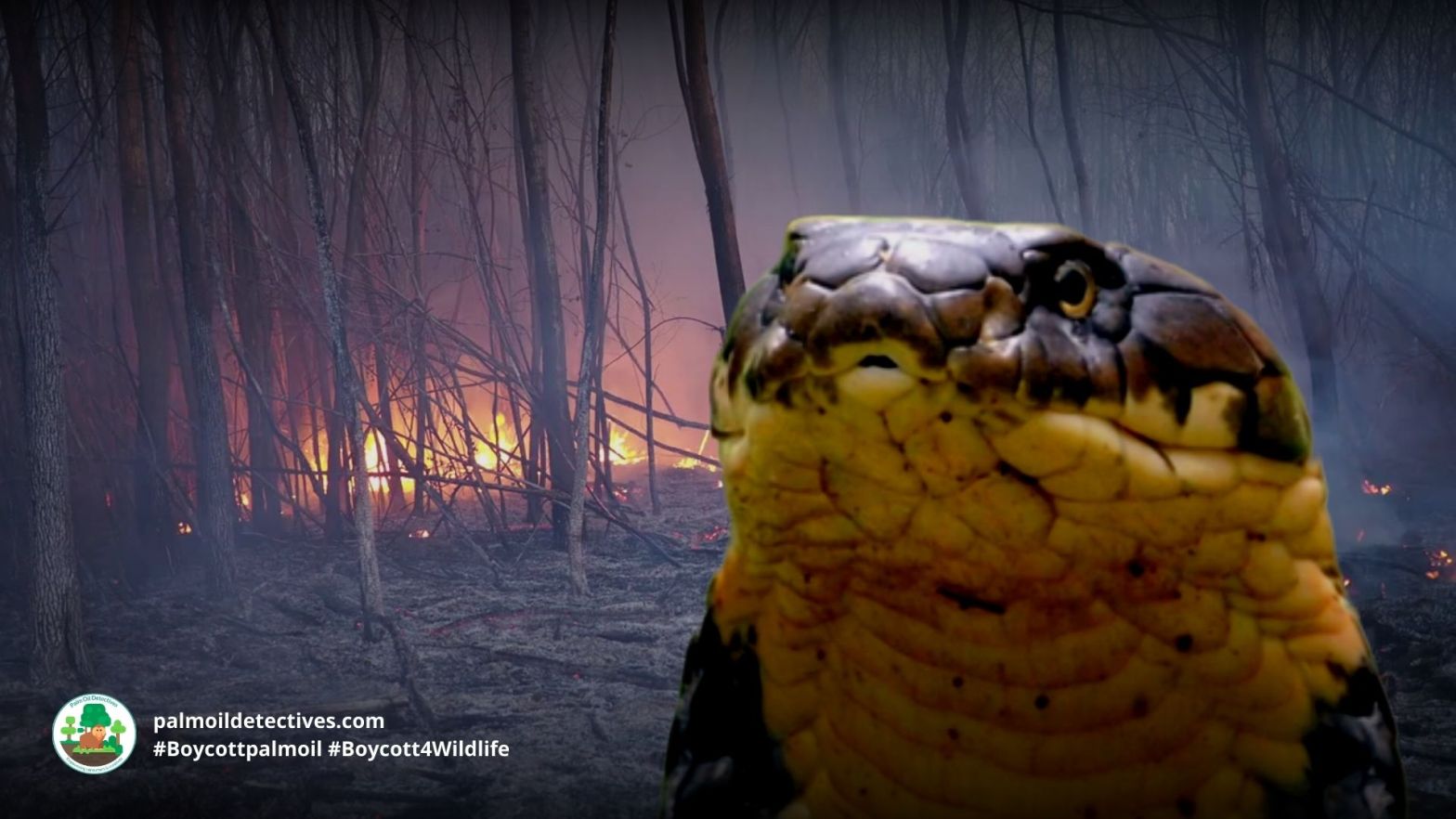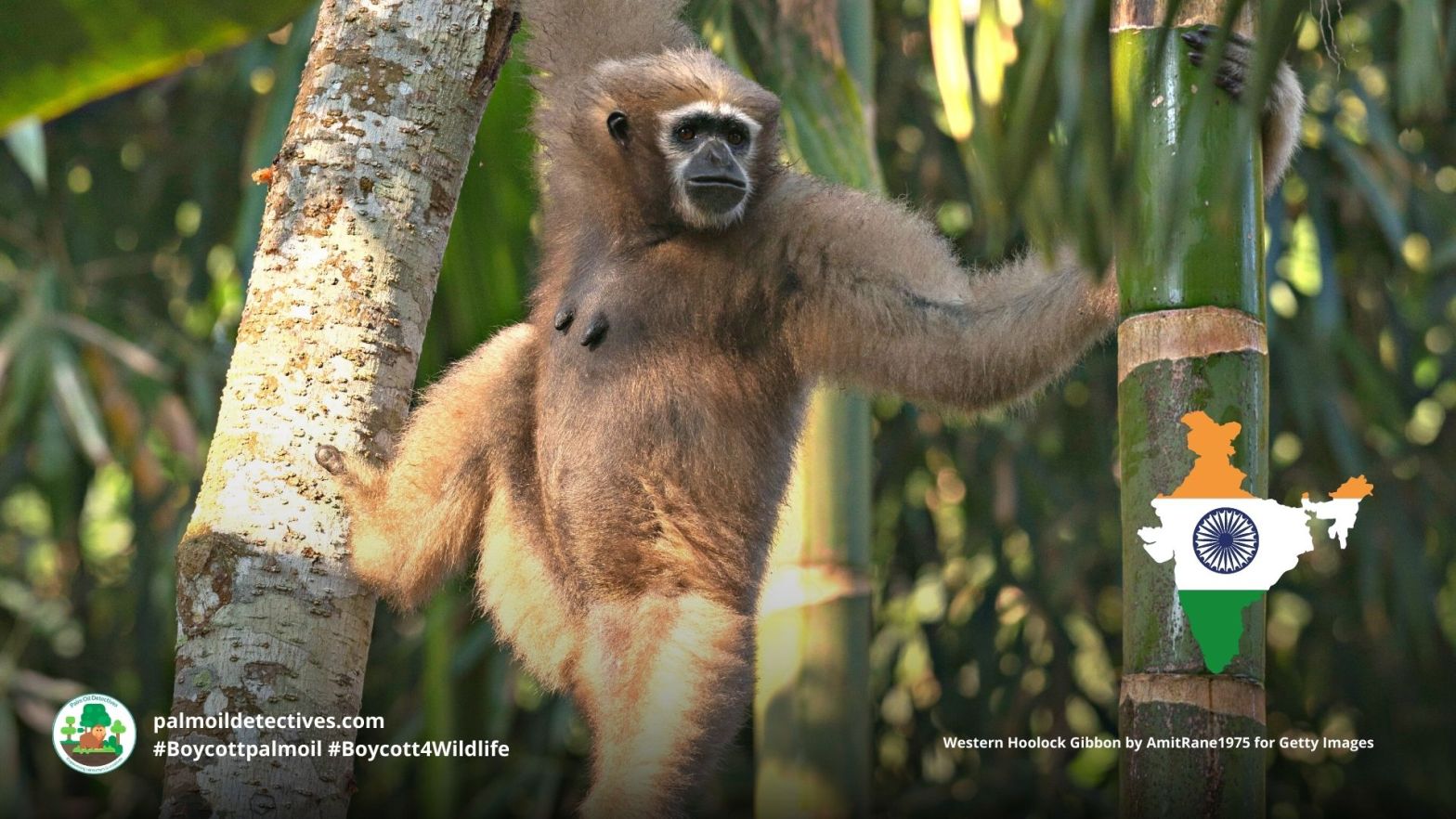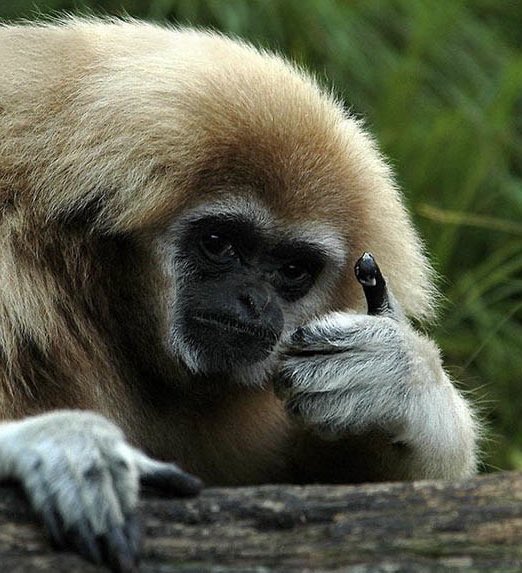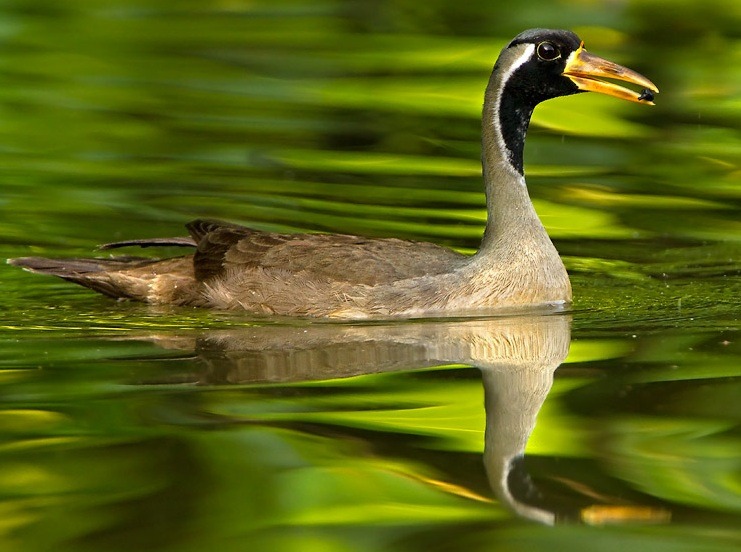Shy, solitary and wary Hispid hares are most active during dawn and dusk. They often take shelter from predation in tall grasses and the burrows of other animals. They are endangered by multiple human-related threats including palm oil deforestation in the Assam region of India and they also hold to survival in Bhutan and Nepal.
Their main threats are habitat loss to palm oil as well as climate change related extreme weather. Protect them each time you shop by boycotting meat and palm oil in the supermarket.

